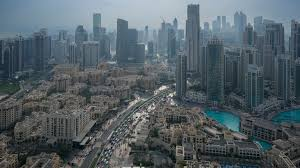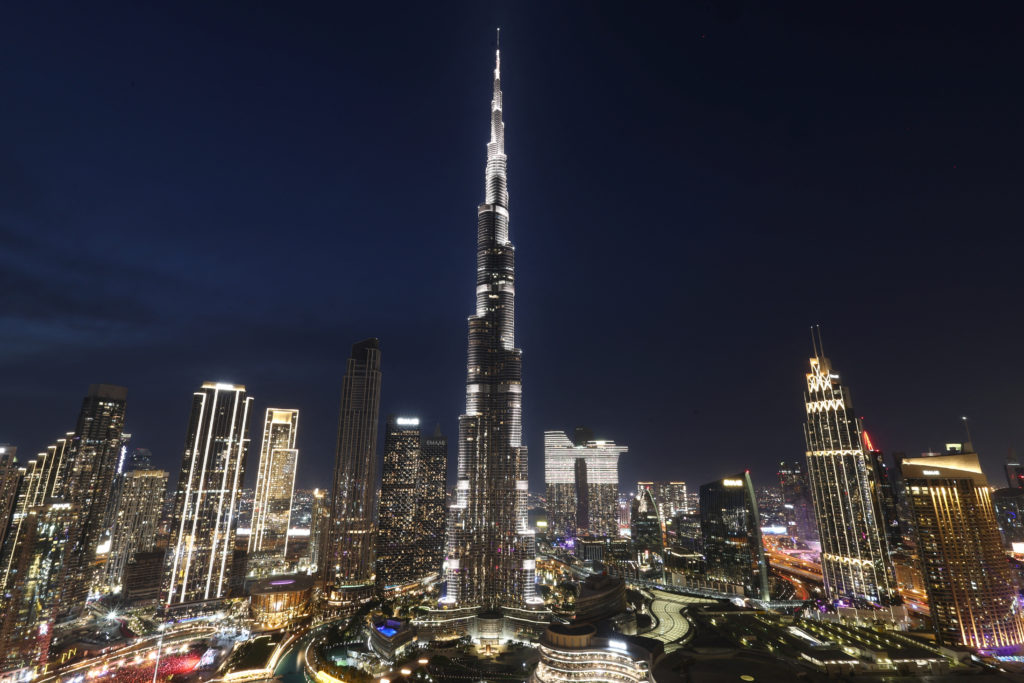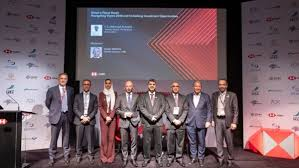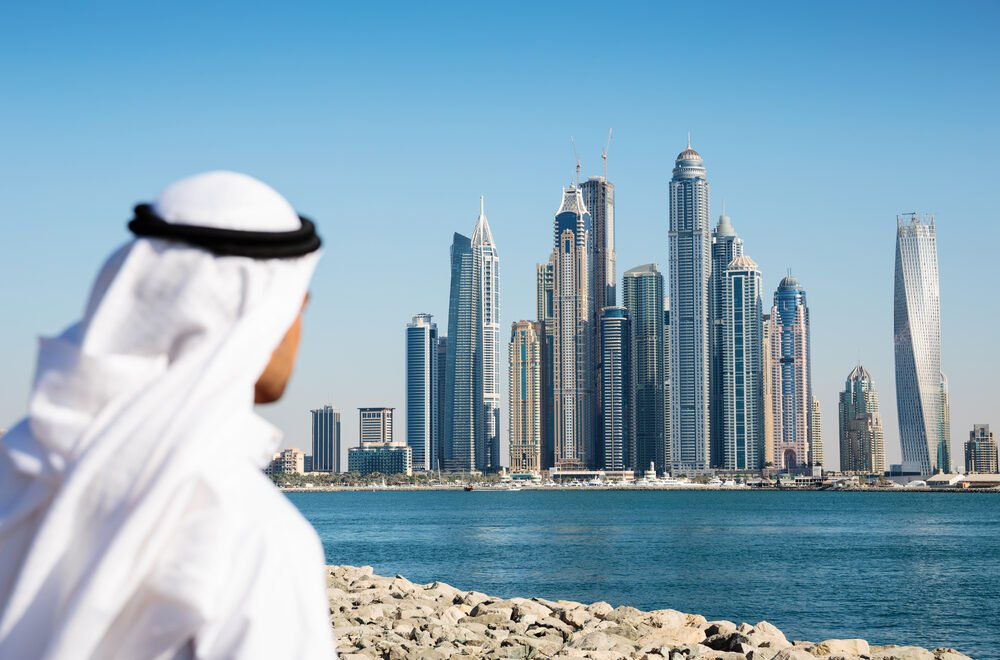Now Reading: Dubai’s Construction Boom: What’s Fueling the Skyline Rush 2025?
-
01
Dubai’s Construction Boom: What’s Fueling the Skyline Rush 2025?
Dubai’s Construction Boom: What’s Fueling the Skyline Rush 2025?

Table of Contents
Dubai, the shining jewel of the United Arab Emirates (UAE), is famous for its skyline filled with stunning skyscrapers, man-made islands, and luxury developments. Behind these incredible structures is a powerhouse industry—the Dubai construction sector. From the world’s tallest tower, Burj Khalifa, to futuristic smart cities and mega malls, Dubai’s growth story is written in concrete, glass, and steel.
A City Built on Vision and Ambition

Dubai’s transformation from a small fishing village into a global metropolis is one of the most ambitious urban success stories of the 21st century. The backbone of this growth has been the construction industry.
In the past two decades, billions of dollars have been invested in residential towers, tourism projects, transport infrastructure, and commercial hubs. The government’s push for innovation, real estate expansion, and preparations for global events like Expo 2020 have further fueled the sector.
According to Dubai Statistics Center, the construction sector contributed around 6.4% to Dubai’s total GDP in recent years—making it one of the largest industries in the emirate.
Key Drivers Behind the Boom
1. Real Estate Demand
Dubai is a magnet for global investors, tourists, and skilled professionals. As a result, there is consistent demand for residential and commercial spaces, luxury apartments, and vacation homes. Developers like Emaar, Damac, and Nakheel continue to launch new projects to meet this demand.
2. Tourism and Hospitality
Dubai’s goal of becoming the world’s top tourism destination by 2030 has led to a sharp rise in hotel constructions, theme parks, entertainment zones, and retail complexes. Projects like Dubai Creek Tower, Meydan One Mall, and Dubai Harbour are a testament to this vision.
3. Government Initiatives
Dubai’s leadership has introduced several supportive policies such as:
- Golden Visa Program for investors and skilled workers.
- 100% foreign ownership for businesses in certain sectors.
- Smart city and green building initiatives.
These steps have made Dubai an attractive destination for long-term investments in real estate and infrastructure.
4. Mega Events
The success of Expo 2020 Dubai has inspired the launch of new infrastructure projects aimed at global audiences. It also strengthened public-private partnerships in the construction space.
Top Ongoing and Upcoming Projects in Dubai
Dubai is currently witnessing several large-scale construction projects that will redefine its urban landscape:
- Dubai Creek Tower – Planned to be taller than Burj Khalifa.
- The Heart of Europe – A luxury island project on The World Islands.
- Mohammed Bin Rashid City – A new mega-city inside Dubai featuring villas, schools, and retail zones.
- Dubai South – A new economic and residential hub linked to Al Maktoum Airport.
These projects not only showcase innovation but also aim to meet the city’s sustainability and smart living goals.
Challenges Facing the Construction Industry
Despite impressive growth, the construction sector in Dubai faces several ongoing challenges:
1. Labour and Workforce Issues
The industry relies heavily on migrant workers, raising concerns about worker rights, living conditions, and fair wages. Efforts are underway to improve safety and labour standards.
2. Project Delays and Budget Overruns
Global supply chain disruptions, inflation in material costs, and logistical delays have affected timelines and budgets. The pandemic worsened these issues, though recovery is now underway.
3. Environmental Impact
Dubai’s rapid construction has raised environmental concerns, especially regarding energy use, water consumption, and desert ecology. The government is promoting green construction practices, but implementation remains a challenge for some developers.
4. Real Estate Oversupply
Some analysts worry that overbuilding may lead to oversupply in the real estate market. This can result in falling property values and rental rates, affecting developer profits.
Sustainability and the Future of Construction in Dubai

Sustainability is now a key focus in Dubai’s construction vision. Several initiatives are shaping a greener and smarter industry:
- Dubai Green Building Regulations – Require buildings to meet energy efficiency standards.
- Net Zero Carbon Buildings by 2050 – Part of the UAE’s climate commitment.
- Smart Cities and IoT Integration – New buildings are increasingly using AI, smart sensors, and automation.
Moreover, there is a rising trend of modular construction, 3D printing, and robotics, which is expected to make construction faster, cheaper, and more eco-friendly.
Conclusion: A City Always Under Construction
Dubai’s construction industry continues to be a symbol of vision, growth, and resilience. With bold plans for the future and a strong foundation built on global investment and innovation, the sector is expected to grow at a steady pace in the coming years.
While challenges like sustainability, market balance, and labour rights remain, Dubai is actively working on solutions. For now, cranes and concrete mixers remain a permanent part of Dubai’s skyline—signaling that the city’s building spree is far from over.
Read More:- Shobha Realty Launches Its Most Luxurious Project Yet—Full Details Inside 2025





















